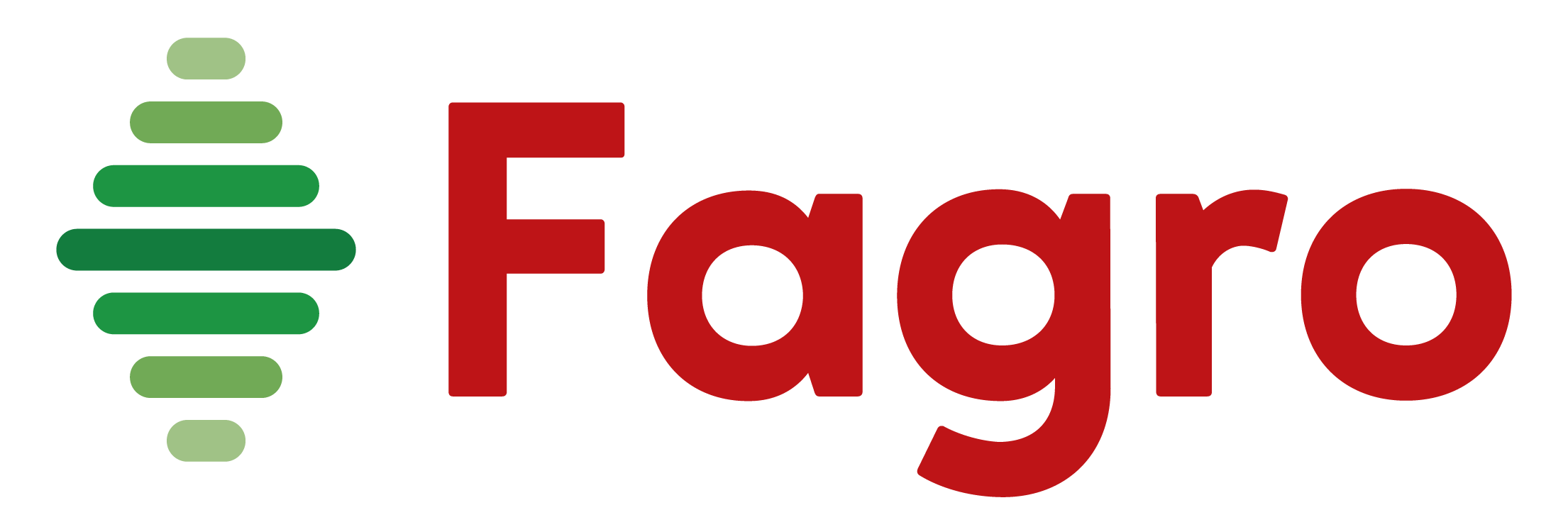Proroot is a growth regulator based on synthetic auxins with rooting function. It has a total of 3000 ppm of a mixture of auxins (naphthaleneacetic acid and indolebutyric acid). However, thanks to its formulation it can also promote the root and aerial development of the plant even after the transplant.
The auxins included in the Proroot rooter have the ability to start the cell division process. Cell division is very important in the plant, since, with greater cell division, we have more cells to form new tissue and replace tissues that have been lost or that have aged due to the crop cycle or due to stress oxidation from various sources.
Crops do not stop producing roots just by leaving their initial stages, there are crops such as fruit trees, which are constantly taking root, as in the case of avocado, to mention one, in many production areas it has up to 2 rooting cycles that obey to plant metabolism, season of the year and hormonal cycles.
In the case of vegetables, during its development, it will be producing new roots, especially the secondary ones, since the higher the growth, the more water and nutrients will be required and this is achieved by emitting roots that are increasingly more numerous and longer.
Due to the above, it will always be recommended that auxin-based products such as Proroot be applied during vegetative development, prior to flowering. To keep the rhizosphere active, generation of new root tissue and thus promote the best nutrition of the plant and greater resistance to stress due to lack of water.
There are other specific cases that occur when some pathogen, whether root fungus or bacteria, or nematodes, attack the root, consuming some percentage of it and reducing nutrition, water absorption, and soil fixation. In crops attacked in this way, the application of products such as Proroot is always recommended, to regenerate the roots that were lost and not affect nutrition and water assimilation.
As a summary, a rooter like Proroot can be applied, after the initial stages of cultivation, to:
- Promote the entry of the plant to a new rooting cycle in fruit trees.
- Maintain active rooting in vegetables and avoid low assimilation of nutrients and water.
- Ensure the fixation of crops to the ground.
- Replace roots that could be lost due to the attack of fungi, bacteria and nematodes.
- Generate new tissue in the aerial part of the plant.

